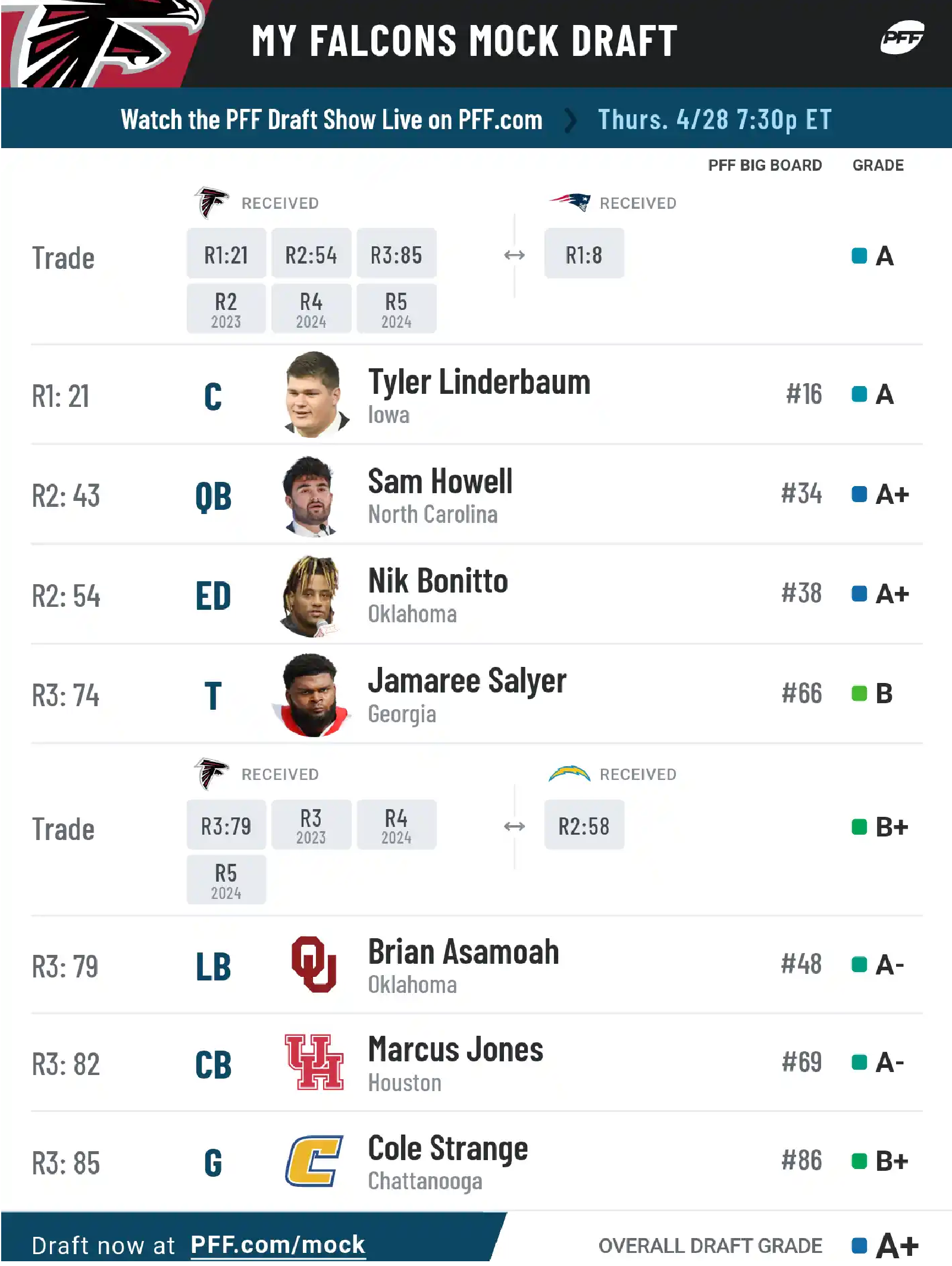DeepHotlinks is a buzzword that's been making waves in the digital marketing world lately, and for good reason. Imagine being able to dive straight into the heart of a website's content without having to navigate through the usual homepage clutter. Sounds intriguing, right? Well, that's exactly what deep linking is all about. It's like having a secret passageway that takes you directly where you need to go. But hold your horses, there's more to it than just convenience.
Now, let's get real for a sec. DeepHotlinks isn't just some fancy term marketers threw around to sound smart. It's a powerful tool that can significantly enhance user experience, boost engagement, and even drive more conversions. Think about it – when someone clicks on a link, they expect to land exactly where they want to be, not get lost in a maze of menus and submenus. And that's precisely what deep linking delivers.
But before we dive headfirst into the deep end of deep linking, let's take a step back and understand what it truly entails. In this article, we'll break down everything you need to know about DeepHotlinks, from its definition to its benefits, and even how to implement it effectively. So, buckle up and get ready to unlock the secrets of this game-changing technique.
- Gayle Bensons Net Worth Saints Pelicans Owners Wealth Revealed
- Danny Glovers Net Worth From Lethal Weapon To Activism
Here's a quick overview of what we'll cover:
- What are DeepHotlinks?
- Why DeepHotlinks Matter
- How to Create Effective DeepHotlinks
- Best Practices for Deep Linking
- Common Mistakes to Avoid
- Case Studies: Real-Life Examples of DeepHotlinks in Action
What Are DeepHotlinks?
Let's start with the basics, shall we? DeepHotlinks, in a nutshell, are links that direct users straight to a specific page or piece of content within a website or app. Unlike traditional links that point to the homepage, deep links skip the middleman and take you straight to the destination. It's like having a VIP pass to a concert – no waiting in line, no hassle, just pure convenience.
Here's the kicker: DeepHotlinks aren't just limited to websites. They've made their way into mobile apps too, revolutionizing the way users interact with digital content. Whether you're trying to drive traffic to a specific product page, a blog post, or even a specific section within an article, deep links have got you covered.
- Remembering Fred Berry The Life Of Rerun From Whats Happening
- Jake Ryans Secret Michael Schoefflings Furniture Art Today
Types of DeepHotlinks
Now, not all deep links are created equal. There are different types of DeepHotlinks, each serving a unique purpose. Let's break them down:
- Standard Deep Links: These are your run-of-the-mill deep links that point to specific pages within a website or app.
- Deferred Deep Links: These bad boys are designed to direct users to the app store if they don't have the app installed, and then take them to the intended content once the app is downloaded.
- Contextual Deep Links: Think of these as smart links that carry additional information, such as user preferences or referral data, to provide a more personalized experience.
Each type of deep link has its own set of advantages, and choosing the right one depends on your specific goals and use case.
Why DeepHotlinks Matter
Alright, so now that we know what DeepHotlinks are, let's talk about why they matter. In today's fast-paced digital world, attention spans are shorter than ever, and users demand instant gratification. If they can't find what they're looking for quickly, they'll bounce faster than a rubber ball. That's where DeepHotlinks come in – they streamline the user journey and make it easier for people to find what they need.
But that's not all. DeepHotlinks also play a crucial role in improving SEO, driving conversions, and enhancing overall user experience. By directing users to relevant content, you're increasing the chances of them sticking around and taking the desired action, whether that's making a purchase, signing up for a newsletter, or simply reading an article.
Benefits of DeepHotlinks
Let's dive deeper into the benefits of DeepHotlinks:
- Improved User Experience: Users love convenience, and deep links deliver just that. By eliminating unnecessary steps, you're making their lives easier and increasing the likelihood of them returning.
- Higher Conversion Rates: When users land directly on the page they're looking for, they're more likely to take the desired action. It's a no-brainer, really.
- Enhanced SEO: Search engines love deep links because they indicate that your content is relevant and valuable. The more deep links you have pointing to specific pages, the better your chances of ranking higher in search results.
- Increased Engagement: By directing users to engaging content, you're encouraging them to spend more time on your site or app, which can lead to higher engagement metrics and better retention rates.
So, if you're not already using DeepHotlinks, you're missing out on a golden opportunity to level up your digital strategy.
How to Create Effective DeepHotlinks
Now that we've established why DeepHotlinks are important, let's talk about how to create them effectively. Creating deep links isn't rocket science, but it does require a bit of planning and execution. Here's a step-by-step guide to help you get started:
Step 1: Identify Key Pages
The first step is to identify the pages or content that you want to deep link to. These could be product pages, blog posts, landing pages, or even specific sections within an article. Think about the pages that are most relevant to your target audience and align with your marketing goals.
Step 2: Create Unique URLs
Once you've identified the pages, it's time to create unique URLs for each one. These URLs should be descriptive and include relevant keywords to make them more search engine-friendly. For example, instead of using a generic URL like "example.com/page," consider using something like "example.com/product/blue-widget."
Step 3: Test and Optimize
After creating your deep links, it's crucial to test them thoroughly to ensure they're working as intended. Check for broken links, redirects, and any other issues that could negatively impact the user experience. Once you're satisfied with the results, don't forget to optimize your deep links for SEO by including relevant meta tags, descriptions, and keywords.
Best Practices for Deep Linking
Now that you know how to create deep links, let's talk about some best practices to ensure they're as effective as possible:
- Be Specific: The more specific your deep links are, the better. Avoid using generic URLs and instead opt for descriptive ones that clearly indicate the content they're pointing to.
- Keep It Relevant: Make sure your deep links are relevant to the context in which they're being used. For example, if you're promoting a blog post, the deep link should take users directly to that post, not the homepage.
- Monitor Performance: Use analytics tools to track the performance of your deep links and make adjustments as needed. Pay attention to metrics like click-through rates, bounce rates, and conversion rates to gauge their effectiveness.
- Ensure Cross-Platform Compatibility: If you're using deep links in both web and mobile environments, make sure they work seamlessly across all platforms. This includes handling cases where the app isn't installed and directing users to the appropriate app store.
By following these best practices, you'll be well on your way to creating deep links that deliver real value to your users and your business.
Common Mistakes to Avoid
As with any digital strategy, there are common mistakes to avoid when it comes to deep linking. Here are a few to watch out for:
- Broken Links: Nothing ruins the user experience faster than a broken link. Make sure all your deep links are working properly and redirect users to the correct pages.
- Overusing Deep Links: While deep links are powerful, overusing them can lead to a cluttered and confusing user experience. Use them strategically and only when they add value.
- Ignoring SEO Best Practices: Deep links can boost your SEO efforts, but only if you follow best practices. Make sure your URLs are optimized, include relevant keywords, and have proper meta tags and descriptions.
Avoiding these mistakes will help ensure that your deep linking strategy is effective and delivers the desired results.
Case Studies: Real-Life Examples of DeepHotlinks in Action
Let's take a look at some real-life examples of companies that have successfully implemented DeepHotlinks:
Example 1: Airbnb
Airbnb uses deep links to direct users to specific listings or search results based on their preferences. For example, if someone searches for "beachfront rentals in Miami," Airbnb can create a deep link that takes them directly to a page showing those results. This not only improves the user experience but also increases the likelihood of a booking.
Example 2: Uber
Uber employs deep links to streamline the ride-booking process. When a user clicks on a deep link from a third-party app, they're taken directly to the Uber app with all the necessary information pre-filled, such as the destination and pickup location. This reduces friction and makes the booking process faster and easier.
These examples demonstrate the power of DeepHotlinks in enhancing user experience and driving business results.
Conclusion
In conclusion, DeepHotlinks are a game-changer in the world of digital marketing. They offer a wealth of benefits, from improving user experience to boosting conversions and enhancing SEO. By understanding what deep links are, how to create them effectively, and following best practices, you can unlock their full potential and take your digital strategy to the next level.
So, what are you waiting for? Start implementing DeepHotlinks today and watch your business thrive. And don't forget to leave a comment below, share this article with your network, and check out our other content for more digital marketing tips and tricks. Happy linking!
- Nia Sioux Frazier Dance Moms Stars Life Career 2024 Update
- Nate Cabral Rhonj Husband Net Worth Age Career Revealed


